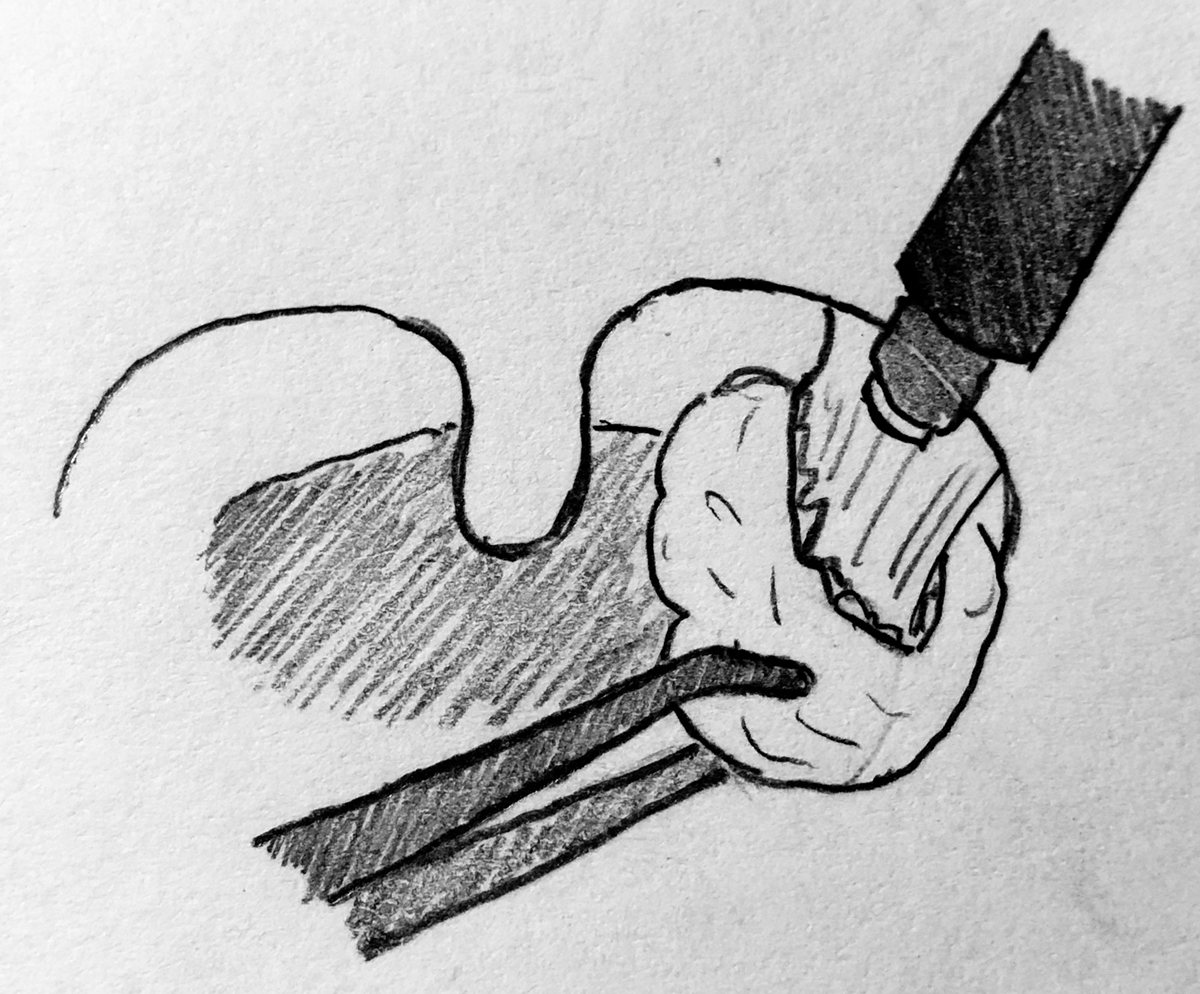
A person has two tonsils that are located on either side at the back of the mouth and they are made of soft glandular tissue. The tonsils are an integral part of a person’s immune system, because they prevent harmful bacteria from entering the lungs. An infection of the tonsils is called tonsillitis. Usually, the first sign of the condition is sore throat which may be accompanied by cough, fever, headache or swollen neck glands. Infected tonsils are also swollen and red and there might be white spots all over them.
Is Medical Treatment a Better Solution?
Many times tonsillitis does not even have to be treated. The best thing to do is to drink a lot of water, even though it will be really painful to swallow when the tonsils are swollen. If a person does not drink sufficient amounts of water, he/she can become dehydrated, which subsequently leads to headaches and tiredness. Ibuprofen may be used for symptoms such as pain, headache and fever. Aspirin gargles will help to relieve the sourness. In order to prepare this treatment, one needs to take an Aspirin and dissolve it in water and then gargle for three to four minutes. There are also other gargles, lozenges and sprays available on the market efficient against soreness. In most cases of tonsillitis no antibiotic is needed, even though the infection is caused by bacteria most of the time. Under certain circumstances such as when the infection is very severe and it does not go away on its own, it is frequently reoccurring or the immune system is being lazy, antibiotics will be prescribed. Sometimes the symptoms of tonsillitis will get worse and result in complications. The infection may, for example, spread to the nearby tissues and causes ear, sinus and respiratory infections. A condition called quinsy can also occur. It is characterized by a collection of pus which develops next to the tonsils and develops as a result of the infection. Quinsy can be very painful, and in such circumstances antibiotics will probably be needed.
Tonsillectomy
If tonsillitis is very bad, the tonsils will probably need to be removed. This is called tonsillectomy and it is a fairly standard operation. Usually, the amount of time needed to remove the tonsils and recovery time depend on the condition of the tonsils before the operation. Recovery will usually last two weeks, and operated patients will not be allowed to eat solid food for quite a while.
Recovery after Tonsillectomy Can be Hard
Kids seem to recover much faster from tonsillectomy than adults, with much less pain and discomfort. This may be due to the fact that a child’s tonsils are smaller, more compact and there is less tissue to be removed, but medical professionals are still trying to figure out why exactly this difference is so drastic. Preparation can have major influence on the amount of pain experienced and the actual duration of the recovery. Immediately after tonsillectomy, there will probably be no pain as the anesthetics will still be present in the system. Once the effects of these medications wear off, the pain ranging from moderate to intense commonly occurs. Discomfort in the throat will peak approximately 7 to 11 days after the procedure, which is the time when the scabs formed around the wound will start to fall off. Eating will be very difficult and there might be some weight loss. People who have undergone tonsillectomy have also reported aching tongue, lack of taste, bad breath and jaw pain. The anesthetic may additionally initiate nausea and vomiting during the first few days after the operation.
Dietary Changes
Swallowing is very painful after tonsillectomy, but one is still highly recommended to take small sips of water to avoid further aggravation. As for food, patients in the recovery period usually eat ice chips and ice cream, because the ice numbs the throat and is fairly easy to swallow. Patients often avoid solid foods but doctors actually recommend them, as these help clear the wound and accelerate the process of healing. The most commonly consumed soft foods among people who have had tonsillectomy include jelly, pasta, baby food or soup. Acidic or spicy food should be avoided because they irritate the throat.
Medications and Environmental Adjustments
Sleep environment is another important factor in successful recovery after tonsillectomy. The room should be humid, which is achieved with a humidifier or vaporizer. The sleeping cycle will mostly be influenced by the pain and the schedule of taking pain killers. It is strongly advised to go to sleep after taking a painkiller and to set an alarm clock at the time when its effect is supposed to wear off, so that another one can be taken. Medications after tonsillectomy basically include analgesics for pain and antibiotics to prevent infections. Those are to be taken exactly as prescribed. As soon as the scabs come off, the recovery will speed up significantly. The overall recovery period seems to be longer than it really is, so it will be helpful to have distraction like books, magazines, and movies.




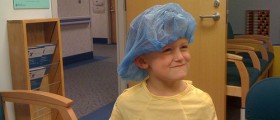



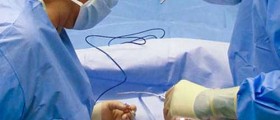



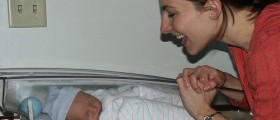
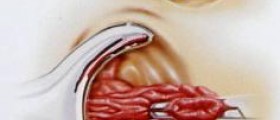


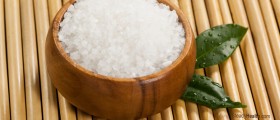
Your thoughts on this
Loading...